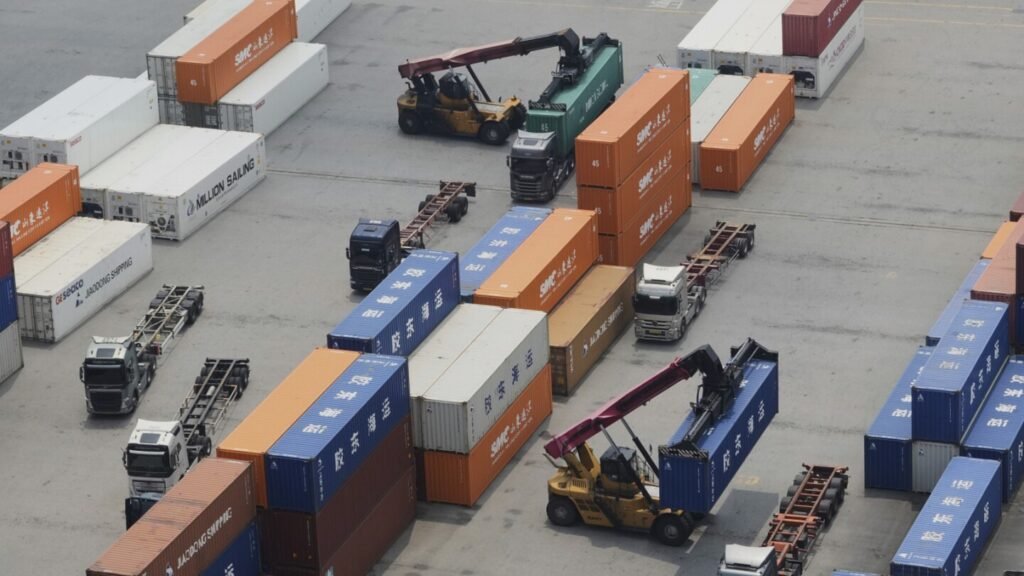WASHINGTON (news agencies) — In the past week, President Donald Trump has managed to make his erratic trade policies even more baffling to countries desperate to negotiate an escape from his wrath.
Doubling down on his trade wars, Trump is threatening to raise taxes on many goods from Canada, hike his universal tariff on imports from around the world and punish Brazil for prosecuting his friend, the country’s former president.
On Saturday, Trump announced more tariffs still, this time on two of the United States’ biggest trade partners: the European Union and Mexico, at 30% each.
Former U.S. trade negotiator Wendy Cutler said that Trump’s recent moves “underscore the growing unpredictability, incoherence and assertiveness’’ of his trade policies.
“It’s hard for trading partners to know where they stand with Trump on any given day and what more may be coming their way when least expected,’’ said Cutler, now vice president at the Asia Society Policy Institute.
On Thursday, the president escalated a conflict he started with America’s second-biggest trading partner and longstanding ally, raising the tariff — effectively a tax — on many Canadian imports to 35% effective Aug. 1.
The sudden announcement, revealed in a letter to Canadian Prime Minister Mark Carney, came despite Carney’s push to reach a trade deal with the United States by July 21. And it followed a big concession by Canada: On June 29, it had agreed to drop a digital services tax that Trump considered unfair to U.S. tech giants.
Canada is far from the only target. In an interview Thursday with NBC News Trump suggested that he plans to raise his “baseline’’ tariff on most imports from an already-high 10% to as much as 20%. Trump sees the baseline tariffs as a way to finance the budget-busting tax cuts in the “One Big Beautiful Bill’’ he signed into law July 4.
Those tariff threats came after his extraordinary decision Wednesday to impose a 50% import tax on Brazil mainly because he didn’t like the way it was treating former Brazilian president Jair Bolsonaro, who is facing trial for trying to overturn his electoral defeat in 2022.
In his letter to current Brazilian President Luiz Inácio Lula da Silva, Trump also incorrectly claimed that Brazilian trade barriers had caused “unsustainable Trade Deficits against the United States.’’ In fact, U.S. exports to Brazil have exceeded imports for 18 straight years, including a $29 billion surplus last year.
For some, Trump’s action against Brazil indicates he’s trying to exert influence over more than trade.
“Trump seems to view tariffs as an instrument to influence not just other countries’ trade and economic policies but even their domestic legal and political matters,” said Eswar Prasad, professor of trade policy at Cornell University.
Trump’s faith in the economic superpowers of tariffs is unshaken even though they so far have proven largely ineffective in bullying other countries to cut deals.
On April 2, Trump announced the 10% baseline tariffs and larger “reciprocal’’ tariffs – up to 50% — on dozens of countries with which the United States runs trade deficits. But responding to a rout in global financial markets, he quickly suspended the reciprocal tariffs for 90 days to give countries a chance to negotiate.
The administration promised “90 deals in 90 days’’ but got only two – with the United Kingdom and Vietnam — before the deadline ran out Wednesday.
